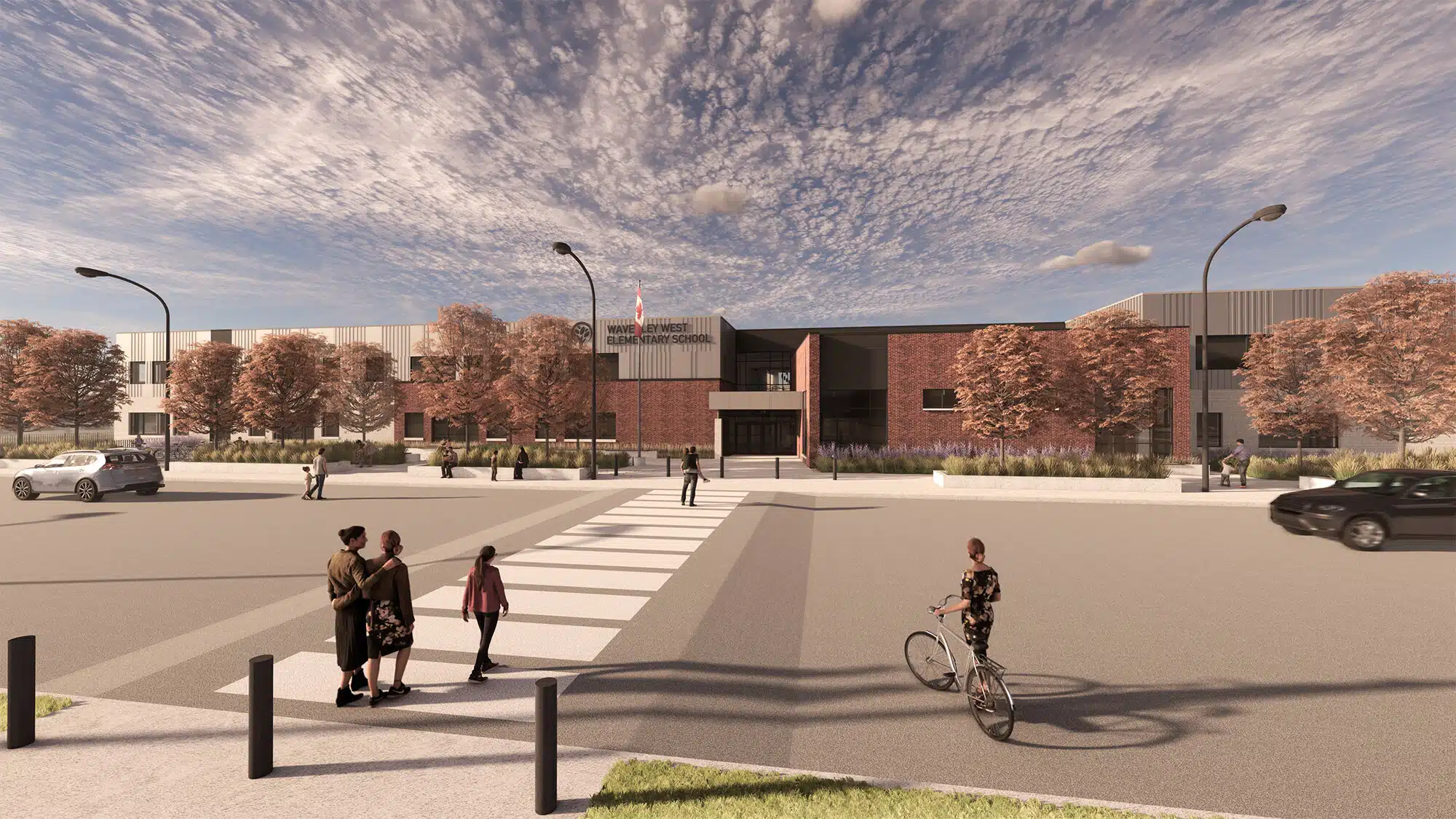Transforming Educational Environments with Building Automation Systems

In the quest for excellence in education, the physical learning environment plays a pivotal role in shaping student success and well-being. As educators, school administrators, and district decision-makers strive to optimise educational spaces, the integration of Building Automation Systems (BAS) emerges as a key strategy.
This technology not only enhances the learning environment but also offers significant energy and operational cost savings, contributing to a
sustainable future. Let's explore the multifaceted benefits of BAS in educational facilities and how it paves the way for a more effective and efficient learning experience.
How Building Automation Systems Create Optimal Learning Environment
The cornerstone of any educational facility is its ability to provide a conducive learning environment. Through improved air quality, efficient lighting, and comfortable temperature control, Building automation systems directly impact student performance and well-being.
For instance, imagine a classroom that automatically adjusts its lighting based on the natural light available, ensuring optimal visibility without glare. Similarly, consider HVAC systems that maintain a comfortable temperature, enhancing focus and preventing discomfort during extreme weather conditions.
Such adjustments are not just about comfort; they’re about creating an environment where students and teachers can thrive.
BAS Energy and Operational Cost Savings
Educational institutions often face budget constraints, making financial efficiency paramount. A BAS addresses this challenge head-on by significantly reducing energy consumption and operational costs. Schools can achieve sustainability goals by managing resources more effectively, directly benefiting from lower utility bills and maintenance costs. This financial saving can be redirected towards educational programs, technology upgrades, and other critical areas, enhancing the overall educational offering.
How Building Automation Systems Have a Positive Impact on Attendance.
The link between the physical school environment and student attendance rates is well-documented. A comfortable, well-ventilated, and safely lit environment reduces absenteeism and fosters a more engaging learning experience. Faculty satisfaction also sees a boost, with teachers feeling more supported and able to focus on delivering high-quality education.
BAS Centralised Management and Real-Time Monitoring
For school districts with multiple facilities, the challenge of managing each building efficiently can be daunting. A BAS facilitates the centralised management and real-time monitoring of all critical systems across campuses, allowing for immediate adjustments and insights into the operational status of each facility. This capability not only ensures consistent comfort and safety standards but also simplifies the management workload, freeing up resources for educational priorities.
BAS Flexibility, Scalability, and Modern Solutions
Modern BAS solutions are designed with flexibility and scalability in mind, ensuring they can be tailored to meet the diverse needs of educational institutions, from small schools to sprawling campuses. This adaptability means that as schools grow or their needs evolve, the BAS can scale accordingly, providing a future-proof solution that continues to deliver value over time.
Overcoming Building Automation Implementation Concerns
The thought of implementing a new system can raise concerns regarding the investment cost, complexity, and maintenance. However, the long-term savings, educational benefits, and operational efficiencies far outweigh these initial hurdles. Modern building automation systems are designed for seamless integration and minimal disruption, with ongoing support and maintenance services available to ensure continuous operational efficiency.
Companies like Tri-Star Automation play a critical role in this transition, offering customised solutions, expert installation, and dedicated support. With their expertise, schools can navigate the implementation process smoothly, ensuring that the BAS is tailored to their specific needs and goals.
Conclusion
The integration of Building Automation Systems into educational facilities
represents a strategic investment in the future of education. By enhancing the learning environment, reducing operational costs, and supporting sustainability goals, BAS empowers educational institutions to focus on their core mission: delivering high-quality education. With the right technology and expert partners like Tri-Star Automation, schools can embrace these benefits, ensuring a brighter future for students and educators alike.
